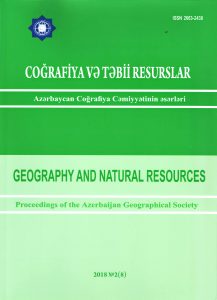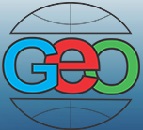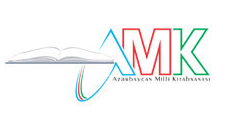THE DEVELOPMENT OF MATHEMATICS IN MARAGHA OBSERVATORY(the begining of article: “Nasiraddin Tusi and his mathematical work “Shaklul qita””)
The German scientist Anton von Braunmuhl, who is considered influential specialist in the history of trigonometry, published his work by name “Nasiraddin Tusi and Regiomontanus”. According to most specialists, this work had a special place among works written about the history of trigonometry. Though the author tried to be unbiased in the work, he couldn’t continue in this way. The result of mentioned work couldn’t satisfy honest historians of mathematics. Braunmuhl came to the following conclusion: «Nasiraddin and Regiomontanus both were influential scientists in the field of trigonometry. Regiomontanus wasn’t aware of works carried out by Nasiraddin and so, he may be considered inventor of trigonometry». Professor Habibulla Mammadbayli agreed with the French historian of mathematics Motuklo and wrote: ““Shaklul qita” of Nasiraddin Tusi, table of trigonometric functions made in Maragha observatory and remake of that table by astronomers of Ulugbek’s observatory prove that, innovations made by Regiomontanus and other mathematicians in XV century in Europe were less than innovations made by eastern scientists before”.4 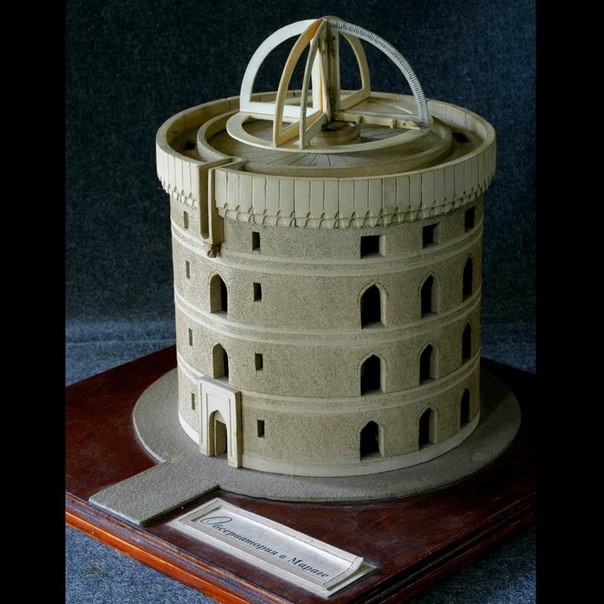 Model of Maragha observatory was made by the Academician M. J. Bulatov (1907-2004)
Of course, it is impossible to agree with this fact. As it was mentioned above, the table of trigonometric functions made in Maragha observatory under the leadership of Tusi was an important innovation. We should note that, scientists, who lived in Azerbaijan in XIII century, had carried out very important works in the field of trigonometry. Though trigonometry was developed owing to scientists of Europe and Ulugbek’s observatory, they weren’t as professional as scientists, who worked in Maragha observatory. Azerbaijani scientists knew several branches of the science and were authors of a lot of innovations and inventions. Braunmuhl wrote: “Regiomontanus was considered author of this problem and its solution method. Though all these issues were explained in Nasiraddin’s works either, we can’t deny Regiomontanus’s services in this field as there wasn’t any relation between works of these two persons”.5 According to Braunmuhl, Ptolemy knew some theorems about spherical trigonometry and he helped Regiomontanus. Nevertheless scientists have found out that, none of spherical trigonometric functions were known by Ptolemy or any other ancient Greek scientist. So, scientists of the West refused to discover the real truth. They even wrote false considerations in order to overstate Regiomontanus’s “scientific achievements”. .jpg) Regiomontanus (Johannes Muller) (1436-1476)
The Soviet scientist V. P. Sheremetyevsky, who didn’t make efforts in order to investigate the history of mathematics, tried to prove that, trigonometric functions were invented by Regiomontanus. His false conclusions can’t be taken into account. V. P. Sheremetyevsky wrote: “The first achievement got in Europe in the field of mathematics was trigonometry. It is clear as trigonometry is considered main part of astronomy and astronomy began to develop in XIV century on the basis of astrology… Regiomontanus invented new trigonometric function which is known as tangent since XVII century”. Other European scientist F. K. Kechori wrote: “Bradwardine and other English scientists are considered authors of first works about trigonometry. Their writings about trigonometry were taken from Arabic sources. The Professor of the University of Oxford John Maudith wrote about tangent and Bradwardine wrote about cotangent and tangent in 1340”. 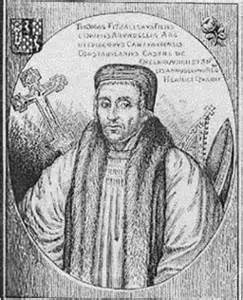 Thomas Bradwardine (1290-1349)
There were different new functions. Indians used to apply sinus, sinus versus and cosinus, Arabs applied tangent and English applied cotangent.6 Sheremetyevsky, Kechori and other scientists wrote their preconceived opinions without carrying out necessary investigations in this field. They associated trigonometry with European scientists baselessly. Nevertheless eastern scientists had carried out important works in this field and passed ahead of European scientists for hundreds of years. All these facts prove that, activity of Regiomontanus, who lived only 40 years, in the field of mathematics, was consciously exaggerated by the European scientists with enviable stubbornness continuing to introduce him as the founder of trigonometry. Motives of statements of Braunmühl, who wrote that, Regiomontanus founded trigonometry without being familiar with the composition of Tusi, are clear to me. Ignorance of Arabic by Regiomontanus forms the basis for similar categorical denial. However, further researches disprove this argument. I will explain it in details later. But, in my opinion, any scientist, neither European, nor Middle Eastern, couldn’t write any scientific work in the field of trigonometry, without being familiar with creative activity of the scientists, who became famous for the scientific achievements in astronomy and mathematics. Regiomontanus couldn't do it because of early death. Best regards, the member of Azerbaijan Geographic Society, President grant holder on literature, laureate of the “Golden pen” award, writer/ investigator Ramiz Daniz email: [email protected], [email protected]  22696 22696 |
|








 AZ
AZ EN
EN RU
RU


